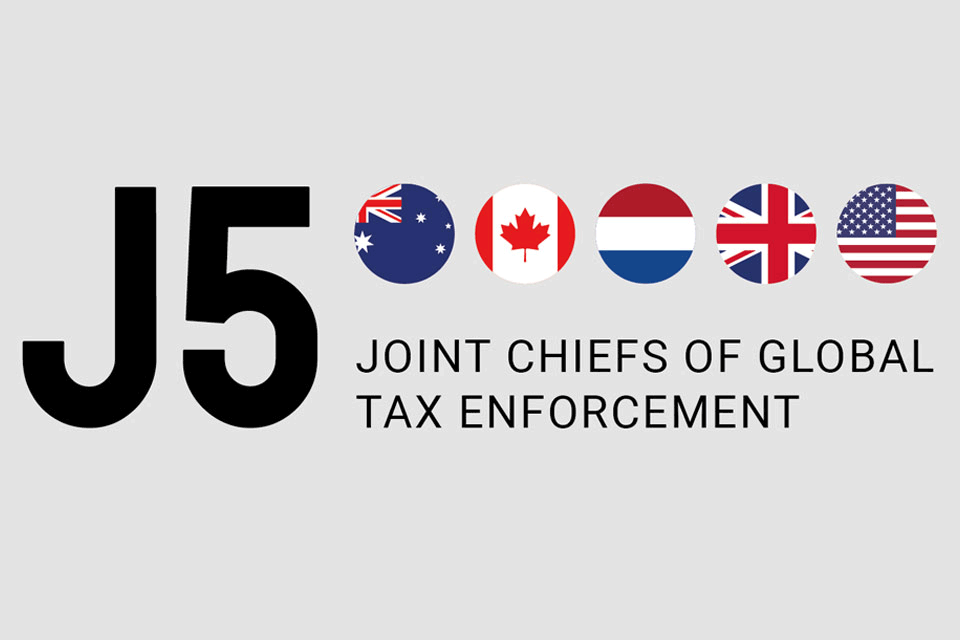On 7 November 2018 the UK government published a consultation paper entitled Stamp Taxes on Shares: Consideration Rules requesting comments from interested parties on changes to the Stamp Duty and Stamp Duty Reserve Tax (SDRT) consideration rules. The closing date for comments is 30 January 2019.
Stamp duty applies to instruments that transfer the beneficial interest in stock or marketable securities. The most common document is the Stock Transfer Form but other document relating to agreements to buy and sell stock or marketable securities are within the charge to stamp duty.
As stamp duty relates to instruments rather than transactions, it does not apply to transfers not requiring a written instrument. SDRT was however introduced to tax ‘paperless’ transactions in securities that would otherwise not be charged to tax. Stamp duty and SDRT are normally charged at a rate of 0.5% but there is a higher 1.5% charge when securities are transferred to a clearance service or a depositary receipt issuer.
Market value rule
There are however a number of exceptional cases where stamp duty and SDRT are based on market value, for example for transfers otherwise than on sale to clearance services or depositary receipt issuers.
In the Finance Bill 2018 a market value rule was introduced for transfers of publicly listed securities to connected companies. The rule only applies to listed securities, defined as stock or marketable securities (for stamp duty) or chargeable securities (for SDRT) that are regularly traded on a regulated market, a multilateral trading facility, or a recognised foreign exchange as defined in the legislation. The consultation document asks for views on a proposal to extend that market value rule to unlisted securities and connected party transfers other than to companies.
Definition of consideration
The consideration on which the tax is based is defined differently for stamp duty and SDRT. For SDRT consideration is defined as money or money’s worth which is a broad concept capturing both cash and the value of non-cash consideration that can be bought and sold in the open market. For stamp duty purposes, consideration is defined as cash, debt or the value of any other stock or marketable securities.
The consultation document asks for views on the impact of aligning the stamp duty and SDRT definitions of consideration by adopting the SDRT definition of money or money’s worth.
Contingent, uncertain and unascertainable payments
In SDRT the definition of money or money’s worth does not include specific rules to cover situations where the consideration is unknown on the date of the transaction. Consideration has to be estimated and this can be a problem in the case of non-cash consideration where an estimate of its value must be made at the time of the transaction.
Like SDRT, the Stamp Duty Land Tax (SDLT) provides for consideration to be money or money’s worth. However SDLT also contains specific provisions on unknown consideration that permit a reasonable estimate of the value of the consideration to be made at the date of completion, and for this to be adjusted once the contingency ceases or the consideration is ascertained. It also allows the taxpayer to apply to defer payment of the tax where the contingent or uncertain consideration falls to be paid more than six months after completion.
The consultation asks for comments on the impact of aligning the stamp duty and SDRT treatment of contingent, uncertain and unascertainable payments, and views on the most practical way of doing so.















